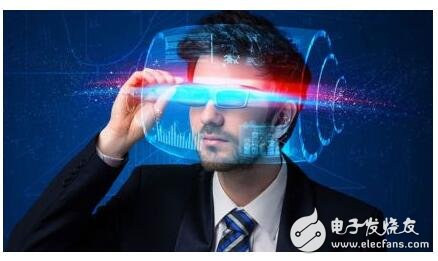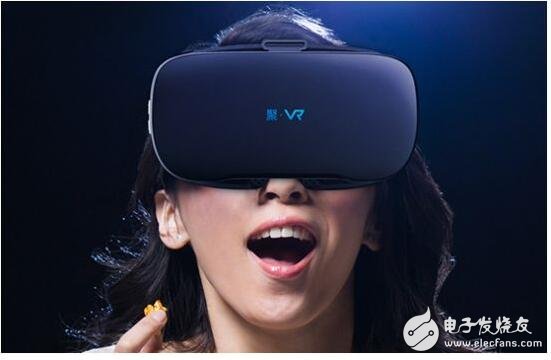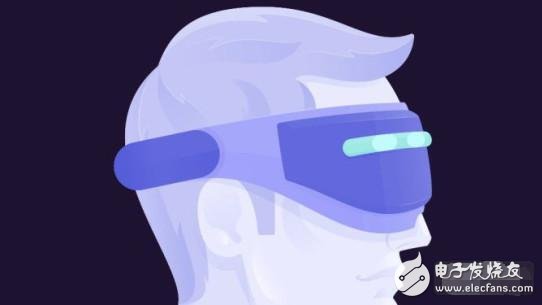
Adobe's research director, Gavin Miller, presented new cutting-edge technology at NAB in Las Vegas on Tuesday. This technology can be used to fully integrate flat, single-view 360-degree video from consumer-grade spherical cameras into VR video. The ability to improve the integration of video, the industry called it six degrees of freedom (6DoF).
The difference between a single-view 360-degree video and a six-degree-of-freedom VR experience is especially important for high-end VR head-end users like the Oculus Rift and HTC Vive. These heads have a room tracking function, which means that the head knows where the observer is in the room and accurately provides a corresponding visual effect for actions such as "tilt forward."
Computer generated images can achieve this effect relatively easily, but in view of the fact that the viewer is free to move during the recording of the video, a leading edge image capture technique is required. For example, a light field camera system, a system that Lytro has developed, may cost hundreds of thousands of dollars.

However, Adobe scientists have found a way to infer the movement of the lens with an algorithm called structure-from-moTIon to infer key information about the room.
Next, the data can be used to generate new perspectives to address different viewing angles, providing viewers with the ability to truly incorporate video, even for non-3D video. The technology can also be used to make 360-degree video more stable, or to generate different versions of video, serving users who prefer different sports comforts.
This approach has a big problem: adding six degrees of freedom to a flat 360-degree video works only when the lens actually moves. Miller explained: "We infer the depth by assuming the camera moves. If the camera is spinning but not moving from side to side, we can't calculate the depth, but it can stabilize the rotation.

Still, this approach suggests that building complex cameras is not the only solution for VR video advancement. Computer vision algorithms are equally important, and Miller even believes that expensive camera hardware may not be needed at all to generate fully immersive VR video. He said: "Of course it is good, but without this hardware, it is not impossible."
Miller will present the next generation of image generation research at the NAB panel discussion on Tuesday, and Light Field Lab CEO Jon Karafin will also be talking about the next generation of holographic display technology.
3V Lithium Fluorocarbon TPMS Button Batteries
3V Lithium Fluorocarbon TPMS Button Batteries use fluorocarbon material as the battery positive electrode. The fluorocarbon material has high thermal and chemical stability. It does not decompose at high temperature ≤600℃, and does not crystallize at low temperature. The battery operating temperature range can reach -40~125℃ ; Its chemical stability ensures the safety of the battery, so that the battery has a higher safety performance when short-circuit, collision, and extrusion, and has the characteristics of explosion-proof and spontaneous combustion. Our company uses self-developed electrolyte to make the battery life more than 10 years.
Our BR series button batteries are conventional high and low temperature resistant button batteries, and the working temperature is -40℃~+85℃
Accepts customized upgraded version of high and low temperature resistant button battery, working temperature is -40℃~ +125℃
Battery application range: It can be used in fields that have strict requirements for high and low temperatures and high energy density. For example, automobile tire pressure gauge (TPMS) battery, industrial control motherboard battery, computer motherboard battery, smart instrument battery, oil field drilling platform emergency equipment power supply, marine life-saving flasher, implantable medical battery, etc.
3V Lithium Fluorocarbon Tpms Button Batteries,Long Lasting Coin Battery For Tvremote,Button Cells For Toys,Coin Battery For Car Keys
Shandong Huachuang Times Optoelectronics Technology Co., Ltd. , https://www.dadncell.com